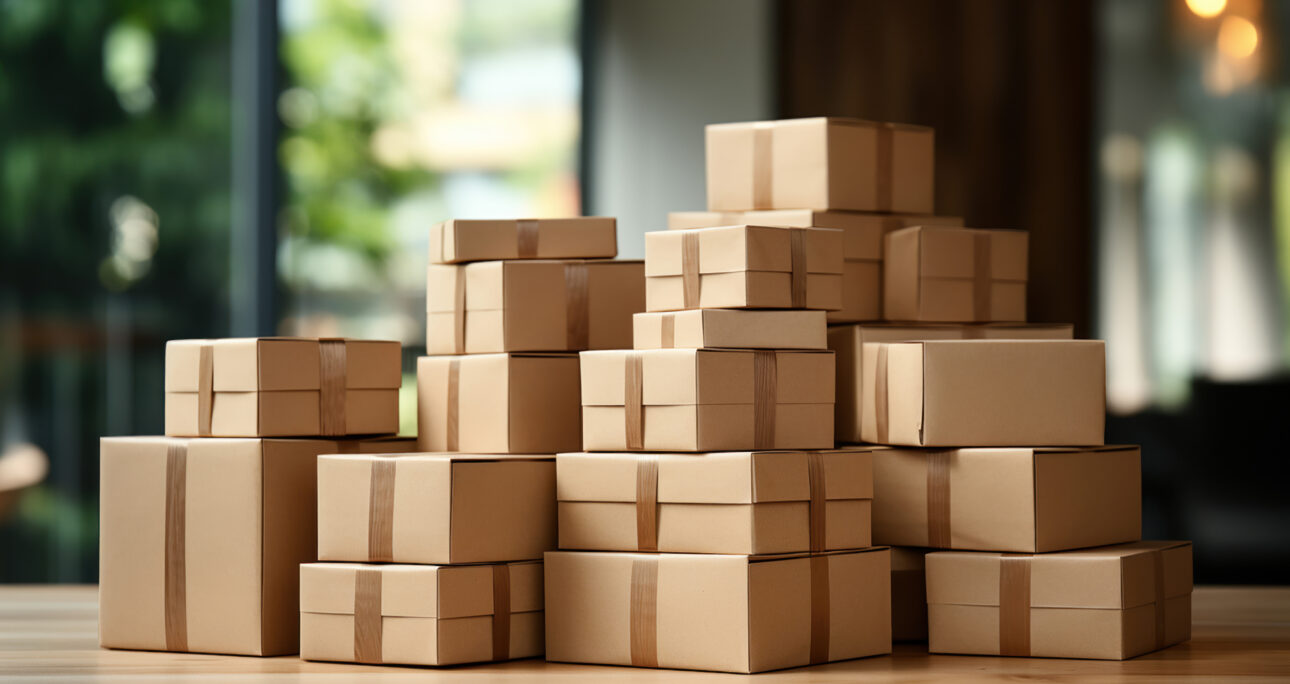As the world becomes more conscious of environmental issues, the impact of packaging on the planet has come under increased scrutiny. Design businesses, in particular, play a crucial role in shaping the narrative around eco-friendly packaging. In this guide, we’ll explore the importance of sustainable packaging, provide tips for designing environmentally conscious packaging, and discuss strategies for promoting these efforts in your branding and marketing.
The Significance of Eco-Friendly Packaging
1. Reducing Environmental Impact:
Traditional packaging contributes significantly to pollution and waste. Eco-friendly packaging aims to minimize this impact by using materials that are recyclable, biodegradable, or compostable.
2. Meeting Consumer Expectations:
Modern consumers are more environmentally conscious than ever. Offering eco-friendly packaging aligns with their values, making your brand more appealing and trustworthy.
3. Legal and Regulatory Compliance:
Keep abreast of evolving regulations around packaging materials. Many regions are imposing restrictions on single-use plastics and promoting sustainable alternatives. Adhering to these regulations ensures your business remains compliant.
Designing Sustainable Packaging
1. Material Selection:
Choose materials with a lower environmental footprint. Recycled paper, cardboard, bioplastics, and plant-based materials are excellent alternatives. Consider the entire life cycle of the material, from production to disposal.
2. Minimalism and Efficiency:
Embrace minimalist design to reduce the amount of material used in packaging. Streamline your packaging design to be both functional and aesthetically pleasing, ensuring it serves its purpose without excess waste.
3. Multi-Functional Packaging:
Design packaging that serves multiple purposes. For example, packaging that transforms into a reusable container or has built-in features for repurposing can add value and reduce waste.
Communicating Sustainable Packaging in Branding
1. Clearly Communicate Eco-Friendly Choices:
Make your commitment to eco-friendly packaging evident in your branding. Use labels and tags to communicate that your packaging is recyclable, made from recycled materials, or biodegradable.
2. Educational Branding:
Educate your customers about the environmental impact of packaging. Through blog posts, social media content, or infographics, explain why your sustainable choices matter and how consumers can participate in responsible disposal.
3. Storytelling with Impact:
Incorporate your eco-friendly packaging choices into your brand story. Share the journey of transitioning to sustainable materials, the challenges faced, and the positive impact your business is making.
Marketing Strategies for Eco-Friendly Packaging
1. Highlight in Product Launches:
Make sustainable packaging a focal point in your product launches. Showcase the thought and creativity that went into designing packaging that cares for the planet.
2. Collaborate with Sustainability Influencers:
Partner with influencers who are advocates for sustainable living. Their endorsement can amplify your message and reach a broader audience that values eco-friendly choices.
3. Interactive Unboxing Experience:
Create an engaging unboxing experience that highlights the eco-friendly aspects of your packaging. Encourage customers to share their unboxing moments on social media, creating a buzz around your sustainable efforts.
Measuring and Improving Sustainability in Packaging
1. Quantify Environmental Impact:
Use tools like Life Cycle Assessments (LCAs) to quantify the environmental impact of your packaging. This data can guide further improvements and provide transparency to consumers.
2. Continuous Innovation:
Stay abreast of advancements in sustainable packaging. Innovate continuously, exploring new materials and technologies that reduce the environmental footprint of your packaging.
3. Customer Feedback:
Listen to customer feedback regarding your packaging. Use surveys and social media interactions to understand their opinions and expectations. This feedback can guide improvements and adjustments.
Conclusion
Eco-friendly packaging is not just a trend; it’s a necessity for businesses aiming to thrive in a sustainable future. By integrating environmentally conscious design principles into your packaging, communicating these efforts through branding, and implementing strategic marketing, your design business can lead the way in reducing the environmental impact of packaging and contributing to a greener planet. Embrace the challenge, let innovation guide your designs, and inspire others to join the movement towards sustainable packaging.





